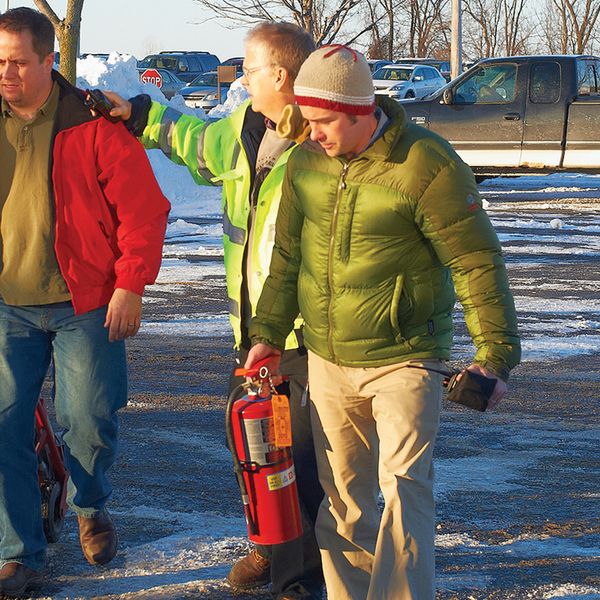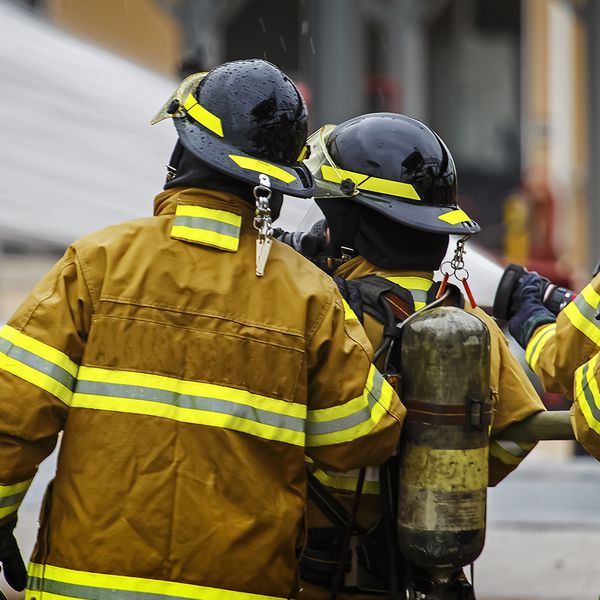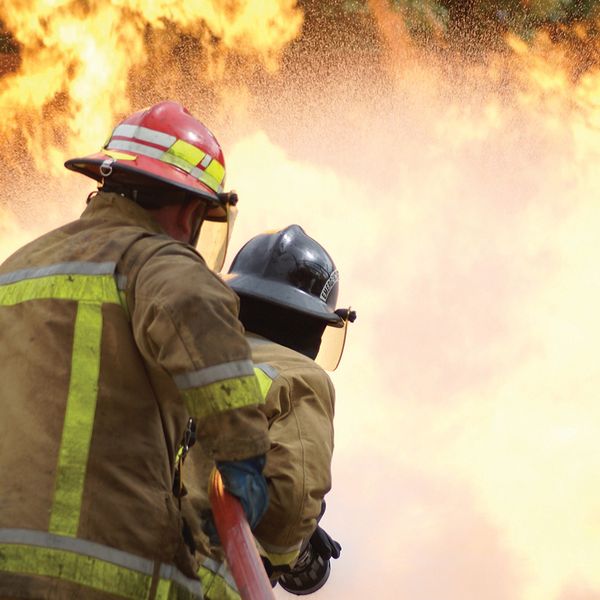Finally! Regulations to protect those who protect us!
Have you ever wondered who ensures the safety of those who protect us? Emergency response hazards kill hundreds and injure thousands of working heroes every year and OSHA noticed! The agency proposes to update the existing “Fire Brigades” standard (1910.156) that has remained largely unchanged for over four decades.
Proposed updates
The proposed Emergency Response rule would expand safety and health requirements related to emergency responders in both public and private sectors. The original standard, previously aimed exclusively at firefighters, will now include emergency medical service providers and technical search and rescue workers. It will also apply to Emergency Service Organizations (ESOs) and Workplace Emergency Response Teams (WERTs), like local fire departments and third-party emergency medical services.
Updates to the standard will better align with the Federal Emergency Management Agency's (FEMA) national response framework and the current National Fire Protection Association (NFPA) industry consensus standards for emergency response activities.
In addition to expanding the scope of “emergency responders,” proposed updates include:
- Definitions of terms based on OSHA regulations and other consensus standards;
- Changes for protective clothing and equipment to ensure compliance with respective standards;
- Baseline medical screening and surveillance for all emergency responders when they are exposed to the byproducts of fires and explosions more than 15 times annually.
- Professional and leadership development requirements, including initial, ongoing refresher training, and annual skills checks.
- Providing updated facility requirements for responding organizations — evacuation routes (e.g., fire pole use), fire detection, sprinkler systems, etc.
Other standard updates
The Emergency Response rule will also affect other standards, including:
- Fire Protection, Subpart L, to include new or revised definitions.
- Hazardous Waste Operations and Emergency Response (HAZWOPER), 1910.120(q)(3)(iii), to reflect updates to PPE requirements in the proposed rule. Also updating Appendix B to align with current NFPA consensus standards.
- Respiratory Protection for structural firefighting, 1910.134(g)(4), expected to move to the proposed 1910.156 standard with a cross-reference.
State plan state volunteers
OSHA’s proposed Emergency Response rule doesn’t directly apply to volunteers, the agency encourages stakeholders to engage with local and state officials about reducing potential impacts of the proposed rule. Each state determines which volunteer emergency responders are covered and to what extent they are covered.
States with OSHA-approved State plans may vary in classification of voluntary emergency responders as employees under state law. OSHA requires, regardless of state law, that State plans cover employees with standards that are “at least as effective” as the Federal standard.
Next steps
OSHA’s proposed Emergency Response rule for emergency and related responders was published in the Federal Register on February 5, 2024. Stakeholders have been given an extension to July 22, 2024, to provide written comments at https://www.regulations.gov using Docket No. OSHA-2007-0073. Compliance obligations for employers begin on the effective date of the Final Rule with an expected “phased” implementation.
Keys to remember: OSHA’s proposed Emergency Response rule is intended to expand protections for workers whose primary job is emergency response and those whose respond to emergencies as part of their regular daily work duties.



















































